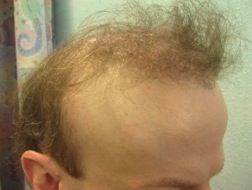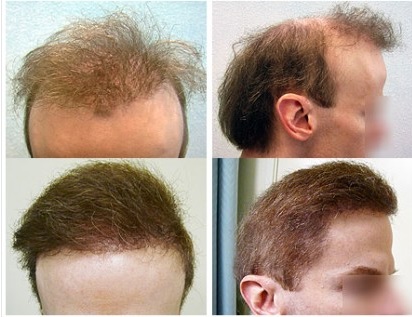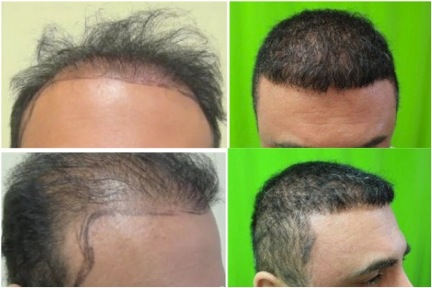Temple Region Hair Restoration Nuances
Hair restoration may be addressed with in a number of ways. Some patients first opt for medication or cosmetic concealers. Results vary dramatically and are only short-term solutions. Surgery is ideal for those seeking a long-term solution. A potential patient who opts for hair transplantation should look for a surgeon with a proven track record. Surgical hair restoration requires a thorough understanding of hair nuances. This includes the whorl, hairline density, the shape of the hairline and temple point angles. The temples align on each side of face, making accurate temple region hair restoration important.
The flat region on either side of the forehead is known as the temple. Temple points are where the hairline protrudes forward from the temples towards the eyebrows. Upward, temple points meet at the temporal recess; downward they form the front margin of the sideburns.
A natural temple point restoration needs to take into consideration:
- Softness
- Hair Angles & Transitions
- Shape
Softness
Another factor to consider is the distribution of density placement. More hair grafts create a thicker temple point. Pattern distribution of the grafts also affect aesthetic outcome.
Hair Angles & Transitions
Hair is angled down and back at the temple points. Angles must flow as they progress from one area to another, but variations in direction are common. The symmetry of each individual’s angles and particular transitions must be noted. The more seamless transition from hairline to temporal recesses, temporal points and sideburns, the better the aesthetic outcome.
Shape of the Temple Points
The structure of individual facial skeletons determines the shape of temple points. A sharply angled temple point may appear natural for some people, contrived for others. Surgeons must take into consideration the contours of each patient’s face. They should also note the age-appropriate temple point they are trying to re-create.



